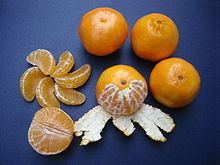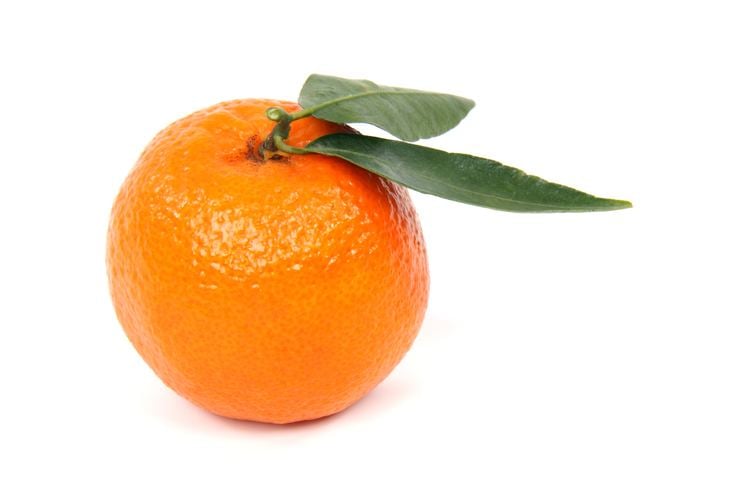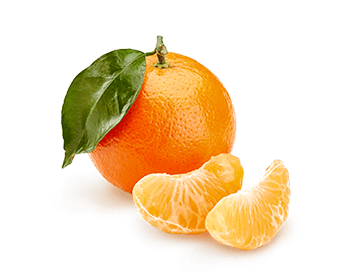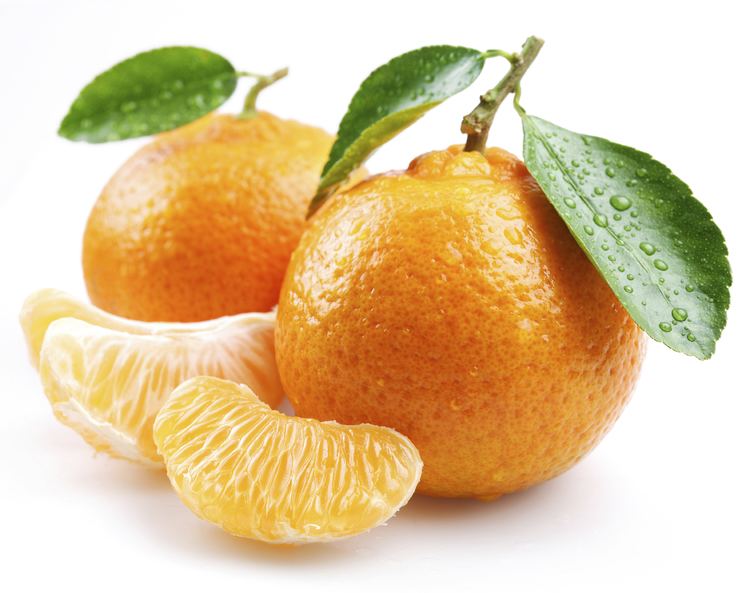Species Citrus × clementina | ||
Similar Tangerine, Orange, Sugar, Satsuma Mandarin, Tangelo | ||
Growing fruit trees indoors clementine
A clementine (Citrus × clementina) is a hybrid between a mandarin orange and a sweet orange, so named in 1902. The exterior is a deep orange colour with a smooth, glossy appearance. Clementines can be separated into 7 to 14 segments. Similar to tangerines, they tend to be easy to peel. The clementine is also occasionally referred to as the Moroccan clementine. They are typically juicy and sweet, with less acid than oranges. Their oils, like other citrus fruits, contain mostly limonene as well as myrcene, linalool, α-pinene and many complex aromatics.
Contents
- Growing fruit trees indoors clementine
- Juicy clementines how do clementines grow
- History
- Cultivation
- Varieties
- References

Juicy clementines how do clementines grow
History

Most sources say that the clementine came to exist because of accidental hybridization, with the first fruits discovered by Brother Clément Rodier (after whom the fruit was named in French and then English) in the garden of his orphanage in Misserghin, Algeria. However, there are claims it originated in China much earlier; one source describes it as nearly identical to the Canton mandarin widely grown in the Guangxi and Guangdong provinces in China.

The clementine is not always easy to distinguish from varieties of mandarin oranges. As such, it should not be confused with similar fruit such as the satsuma or honey sweet orange, or other popular varieties.
Cultivation

This variety was introduced into California commercial agriculture in 1914, though it was grown at the Citrus Research Center (now part of the University of California, Riverside) as early as 1909. Clementines lose their desirable seedless characteristic when they are cross-pollinated with other fruit. To prevent this, in 2006 growers such as Paramount Citrus in California threatened to sue local beekeepers to keep bees away from their crops.
